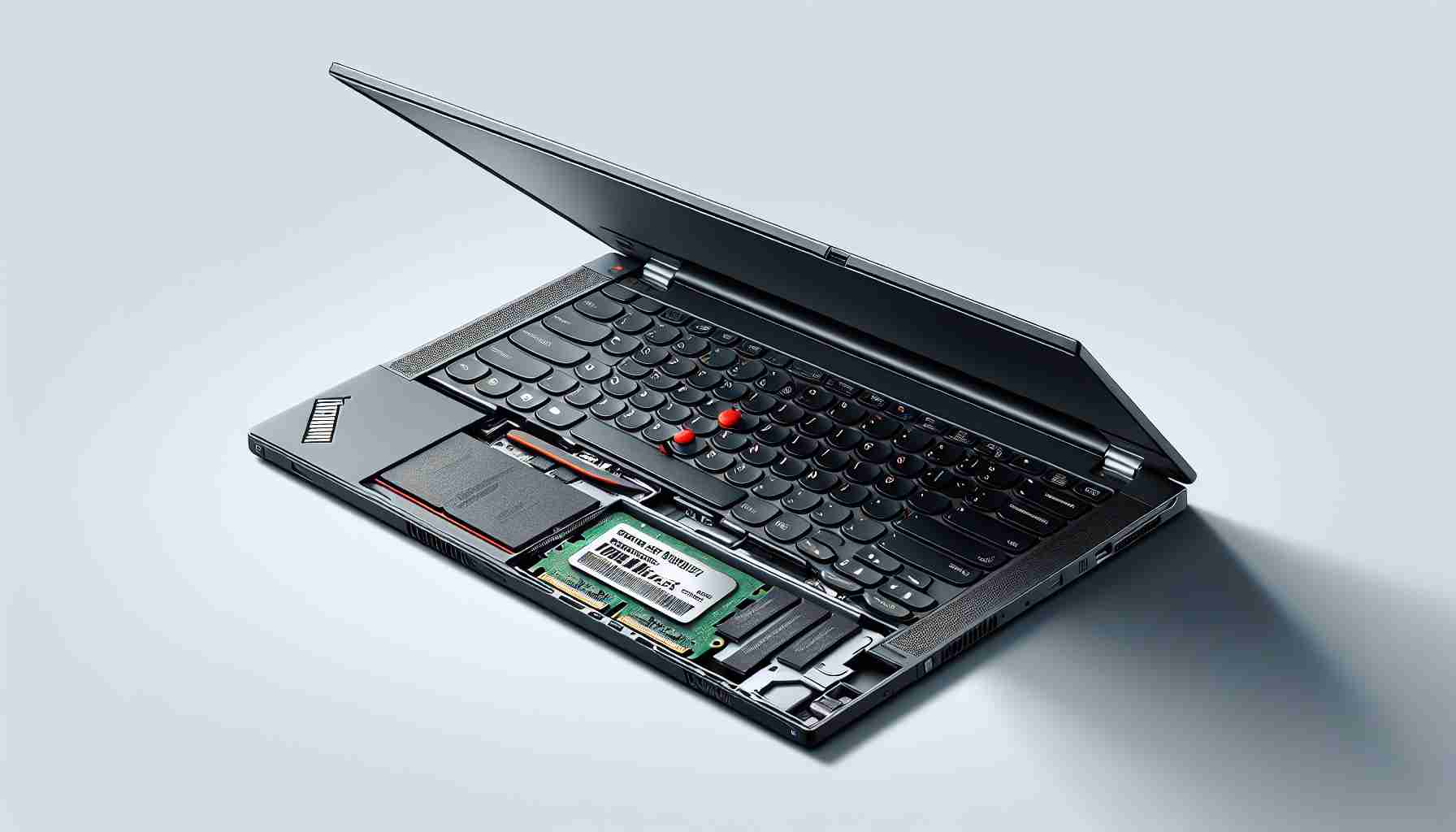Revolutionizing Laptop Memory Upgrades
The latest Lenovo ThinkPad P1 Gen 7 has made tech headlines as it introduces the world to the new LPCAMM2 memory module, marking a significant advancement in laptop hardware design. Unlike conventional LPDDR memory that’s soldered and not user-upgradeable, the LPCAMM2 (Low-Power Compression-Attached Memory Module) allows for easy memory upgrades or replacements.
Simple Memory Enhancement
Enhancing your laptop’s memory now requires just a common Phillips-head screwdriver and a few minutes of your time. With LPCAMM2 technology, unscrewing a few fasteners from the motherboard is all it takes to alter the RAM. This new type of memory bridges the gap between the upgradeability of traditional SODIMM sticks and the power efficiency of LPDDR memory.
The Efficient Design of LPCAMM2
LPCAMM2 also addresses concerns with efficiency by featuring a dual-channel design within a single module, unlike SODIMM sticks that require pairs to achieve dual-channel functionality. This feature reflects the technological pursuit of optimizing laptop performance without compromising on power usage or upgradeability.
Brands on Board
With tech giants like Micron, Samsung, and ADATA already involved in LPCAMM2’s development, it paves the way for future laptop models to embrace this technology. While not all manufacturers may adopt LPCAMM2 immediately, the precedent set by Lenovo’s ThinkPad P1 could herald a new era of user-friendly, performance-oriented laptops.
What is the main advantage of LPCAMM2 over traditional memory upgrade options?
The main advantage of LPCAMM2 over conventional memory is its combination of ease of upgradeability and low-power consumption. Traditionally, laptop RAM was either soldered onto the motherboard, offering no upgrade path, or utilized SODIMM modules which were not as power-efficient as LPDDR memory. LPCAMM2 offers both the upgrade friendliness of SODIMM and the energy efficiency of LPDDR.
What are some potential challenges associated with LPCAMM2?
One potential challenge is the adoption rate among various manufacturers. While Lenovo has taken the first step with the ThinkPad P1, widespread adoption depends on other manufacturers recognizing the benefits and incorporating LPCAMM2 into their designs. Additionally, considering this is a new technology, there may be concerns regarding compatibility, market availability of the modules, and cost, all of which could influence the rate of adoption and user experience.
Are there any controversies surrounding the introduction of LPCAMM2?
There don’t appear to be any major controversies surrounding LPCAMM2 specifically; however, new technologies often face scrutiny regarding their actual performance improvement compared to established standards, their long-term reliability, and their potential to fragment the market if different manufacturers develop incompatible versions or choose not to adopt the technology at all.
Advantages:
– Upgradeability: Allows end-users to enhance their RAM easily, thus extending the lifespan of their laptops and enabling better future-proofing.
– Power Efficiency: Retains the power-saving characteristics of LPDDR memory, which is beneficial for mobile users who rely on battery life.
– Performance: Features such as dual-channel design in a single module may enhance computational performance over single-channel configurations.
Disadvantages:
– Adoption: New standards can take time to be adopted across the industry, which may limit the immediate impact and availability.
– Compatibility: As with any proprietary or new technology, there is a risk of compatibility issues with other components or potential issues with standardization if other companies develop similar but incompatible technologies.
– Cost: Early adopters of new technology often face higher costs until the technology becomes mainstream and more competitively priced.
For more information on Lenovo and its products, you could visit Lenovo’s official website with the link: Lenovo Official Website.
Please note that while LPCAMM2 presents notable advantages for consumers looking for upgradeability and performance, its success in the market will depend on factors such as consumer demand, manufacturing costs, industry support, and the rate of adoption by other computer manufacturers.
